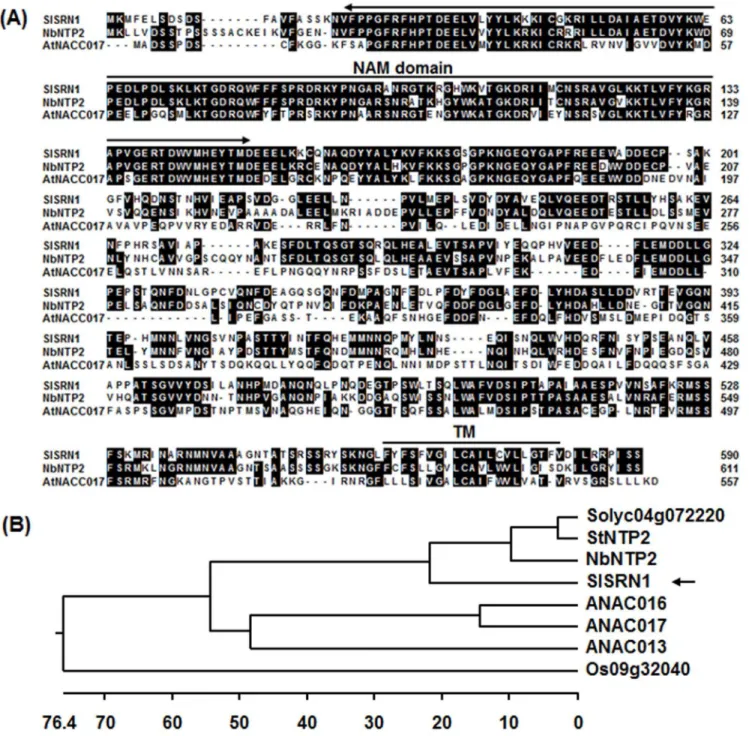Tomato NAC transcription factor SlSRN1 positively regulates defense response against biotic stress but negatively regulates abiotic stress response.
Texto
Imagem



Documentos relacionados
Induced defense responses in tomato against bacterial spot by proteins synthesized by endophytic bacteria.. Roberto Lanna-Filho 1 ,
JOÃO BARROS DE MATOS | amsarqueologia@sapo.pt University of Évora Department of Architecture Centre for Art History and Artistic Research (CHAIA) Évora, Portugal. This paper
Endoplasmic reticulum stress- induced mRNA splicing permits synthesis of transcription factor Hac1p/Ern4p that activates the unfolded protein response. Two regulatory
Post-translational control of Yap8 transcription factor by ubiquitination and SUMOylation during arsenic stress response in Saccharomyces cerevisiae.. Authors: Rita
For defense and stress response processes, gene silencing-related genes were activated by RDV infection and the degree of activation was similar among plants infected with the three
The Mean of shoot nickel accumulation determined and three-way ANOVA with multiple but equal number of observations per test tube for the effects of individual treatments and
Longitudinal sections of graft unions analyzing vascular transport activity of ‘ Super Sunload ’ and ‘ Super Doterang ’ tomato scions grafted on ‘ B-blocking ’ as tomato
The AtRDUF1 protein contains a conserved C3H2C3-type RING domain, which shows similarity with many known proteins in Arabidopsis (Figure 1A), including several proteins known to